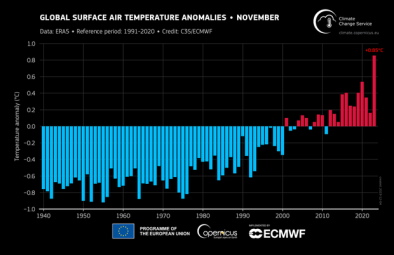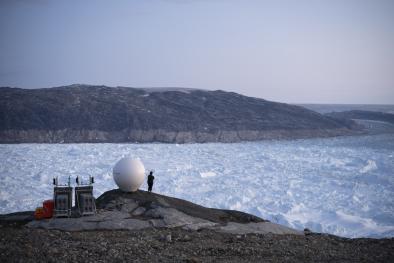Science Source
Maximum and Minimum Temperature Trends for the Globe
- Analysis of the global mean surface air temperature has shown that its increase is due, at least in part, to differential changes in daily maximum and minimum temperatures, resulting in a narrowing of the diurnal temperature range (DTR
- Uses station metadata and improved areal coverage for much of the Southern Hemisphere landmass, which indicates that the DTR is continuing to decrease in most parts of the world, that urban effects on globally and hemispherically averaged time series are negligible, and that circulation variations in parts of the Northern Hemisphere appear to be related to the DTR
- Finds that atmospheric aerosol loading in the Southern Hemisphere is much less than that in the Northern Hemisphere, suggesting that there are likely a number of factors, such as increases in cloudiness, contributing to the decreases in DTR
Related Content
Headline

Feb 15, 2024 | Climate Nexus Hot News
Amazon Could Reach Tipping Point By Midcentury
Headline

Jan 16, 2024 | Climate Nexus Hot News
2023 Smashes Hottest Year Record
Headline

Dec 7, 2023 | Climate Nexus Hot News
It’s Official - 2023 Is World's The Hottest Year On Record
Headline

Dec 7, 2023 | Climate Nexus Hot News
Earth Veering Closer To Dangerous Tipping Points


